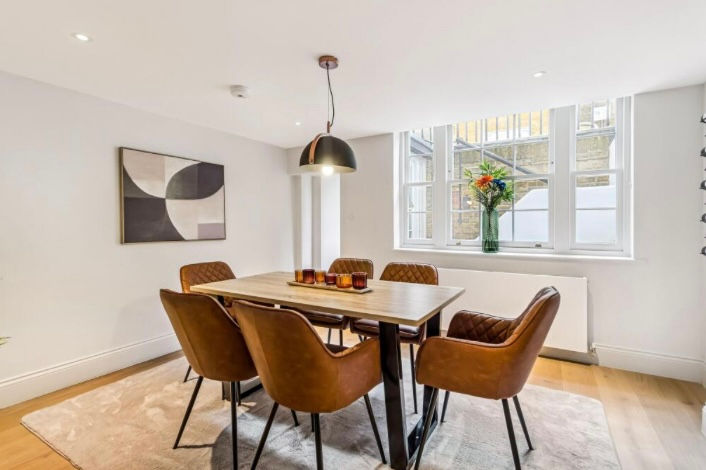Home Staging – A Powerful Marketing Tool
- naomichance
- Aug 8, 2024
- 3 min read
Updated: Mar 24
Home staging is a powerful tool in the real estate market, designed to make a property more appealing to the broadest range of potential buyers. By strategically enhancing a properties appearance, staging creates an inviting, aspirational atmosphere that allows buyers to envision themselves living in the space.
Key Aspects of Home Staging:
Depersonalisation: One of the first steps in home staging is removing personal items such as personalised décor, and other items that reflect the current homeowner's personality. This helps potential buyers see the house as a blank canvas that they can personalise.
Decluttering: Excess furniture, knick-knacks, and other clutter are removed to create a sense of space and order. This helps the home feel larger, cleaner, and more open. If the property is empty, strategic furnishing will actually make the space appear larger!
Furniture Arrangement: Furniture is strategically arranged to create a flow and maximise the functionality of each room. The goal is to highlight the best features of the space, whether it's a cosy fireplace, large windows, or an open floor plan.
Neutral Decor: Staging often involves using neutral colours and décor to appeal to a wider audience. This approach ensures that the style does not alienate any group of buyers and allows the home to have broad appeal.
Lighting: Proper lighting is crucial in staging. Homes are often brightened with additional lamps or by maximising natural light to create a warm and inviting atmosphere.
Repairs and Touch-ups: Any visible damage, such as chipped paint, broken fixtures, or scuffed floors, should be repaired before staging. Buyers are more likely to make a strong offer if they believe the home has been well-maintained.
The Benefits of Home Staging:
Increased Perceived Value: Well-staged homes often appear more valuable and well-maintained, leading buyers to make higher offers.
Faster Sales: Staged homes tend to sell faster than non-staged homes because they stand out in the market.
Emotional Connection: By creating a space that feels welcoming and liveable, staging can help buyers form an emotional connection to the home, which can lead to more competitive offers.
Focus on Key Areas
Staging the living room (46%), master bedroom (43%), and kitchen (35%) were identified as the most important areas for buyers. These are key spaces where buyers tend to focus their attention, and staging them effectively can make a significant impact on their perception of the entire home.
Adaptation to Market Changes
Since the beginning of the COVID-19 pandemic, there has been an increased emphasis on digital tools in real estate. 83% of buyers’ agents prioritised having photos available, while 74% valued videos and 73% emphasised the importance of virtual tours. Staging ensures that these visual representations are
as appealing as possible, making the home stand out in online listings, where first impressions are crucial.
Increased Perceived Value
23% of sellers’ agents reported that staging increased the value offered by buyers by 1% to 5% compared to similar homes that were not staged. This increase in perceived value often outweighs the cost of staging, making it a worthwhile investment for sellers.
Faster Sales
Homes that are staged tend to attract more interest, leading to quicker sales. In a competitive market, this speed can be crucial, reducing the time the home spends on the market and potentially avoiding price reductions.
Summary:
Home staging is important because it enhances the appeal of a property, helping buyers visualise themselves in the space, increasing the home’s perceived value, and adapting to the modern demands of digital marketing.
These factors collectively contribute to higher offers and faster sales, making staging a valuable strategy in real estate.
Article publish date: 06/03/2025
Article review date: 06/09/2025










Comments